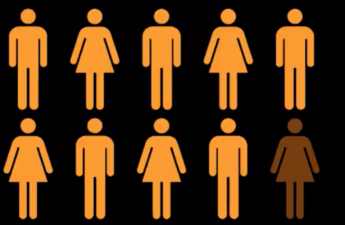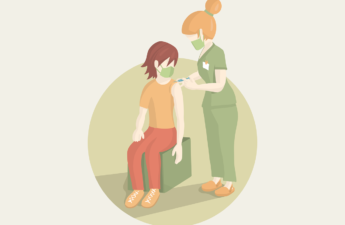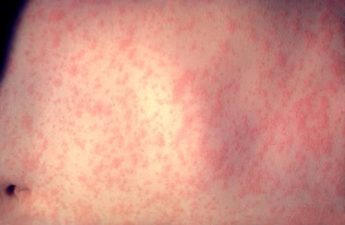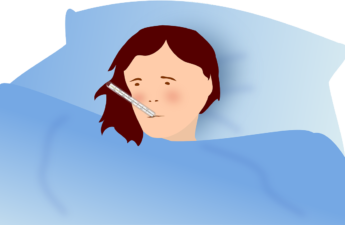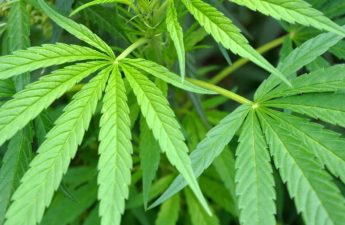Category: Drugs
The CDC Buried a Measles Forecast That Stressed the Need for Vaccinations
In an aborted plan to roll out the news, the agency would have emphasized the importance of vaccinating people against the highly contagious and potentially deadly disease that has spread to 19 states, the records show.
Medetomidine is replacing xylazine in Philly street fentanyl − creating new hurdles for health care providers and drug users
Kory London, Thomas Jefferson University and Karen Alexander, Thomas Jefferson University Philadelphia’s street opioid supply – or “dope” market – is constantly changing. As health care workers and researchers who care for people who use drugs in our community, we…
Combatting the measles threat means examining the reasons for declining vaccination rates
The anti-vaccine literature is not anti-science. It is filled with statistics and references to scientific studies, although the facts are often wrong. Parents who read this literature need more than the simple reassurance of experts that vaccines are safe and effective. They need to be shown evidence and have confidence that their concerns are being taken seriously.
Second measles case identified in Washington state
Measles is a highly contagious and potentially severe disease that causes fever, rash, cough, runny nose, and red, watery eyes. If one person has it, up to 9 out of 10 people nearby will become infected if they are not protected. It mainly spreads through the air after a person with measles coughs or sneezes.
Flu deaths rise as anti-vaccine disinformation takes root
Flu-related deaths hit a seven-year high in January and February, the two months that usually account for the height of flu season, according to a Stateline analysis of preliminary federal statistics. There were about 9,800 deaths across the country, up from 5,000 in the same period last year and the most since 2018, when there were about 10,800.
Despite that, the U.S. Department of Health and Human Services has canceled or postponed meetings to prepare for next fall’s flu vaccine, when experts talk about what influenza strains they expect they’ll be battling.
Short-term dietary changes can lead to obesity, shows research
Surprisingly, even short-term consumption of highly processed, unhealthy foods can significantly reduce insulin sensitivity in the brains of healthy people. This effect persists even after returning to a normal diet.
Less than half of parents think they have accurate information about bird flu
National Poll: 2 in 5 parents wish the government was doing more to prevent a bird flu outbreak; 1 in 3 have taken action to protect their family against it
As flu cases break records this year, vaccine rates are declining, particularly for children and 65+ adults
In February 2025, flu rates spiked to the highest levels seen in at least 15 years, with flu outpacing COVID-19 infections and hospitalizations for the first time since the beginning of the COVID-19 pandemic. The Centers for Disease Control and Prevention has classified this flu season as having “high” severity across the U.S.
The Conversation asked epidemiologist Annette Regan to explain why this flu season is different from last year’s and what people can do to help reduce the spread.
Measles: 10 things to know about immunization and prevention
Infectious disease specialists answer questions about the measles vaccine for adults and children
CDC layoffs strike deeply at its ability to respond to the current flu, norovirus and measles outbreaks and other public health emergencies
The CDC began as a small branch of the U.S. Public Health Service in 1946 as an outgrowth of successes fighting malaria in southern states during World War II and before. Its founder, Dr. Joseph W. Mountin, envisioned that it would come to serve all states, addressing all communicable diseases. Since that time, the CDC has evolved into the nation’s premier public health organization, leveraging both clinical and population health sciences to prevent and mitigate challenges to the nation’s health.
US dodged a bird flu pandemic in 1957 thanks to eggs and dumb luck
With a new strain spreading fast, will Americans get lucky again?
Ozempic and similar weight loss drugs may lower risk of 42 health conditions, but also pose risks
Now, research suggests that GLP-1 drugs could help treat dozens of ailments, including cognitive issues and addiction problems. However, it also found previously unidentified risks.
With more Americans able to access legalized marijuana, fewer are picking up prescriptions for anti-anxiety medications – new research
Marijuana access introduces an alternative treatment to traditional prescription medication that may provide easier access for some patients.
Stimulant Users Are Caught in Fatal ‘Fourth Wave’ of Opioid Epidemic
The first wave of the long-running and devastating opioid epidemic began in the United States with the abuse of prescription painkillers in the early 2000s. The second wave involved an increase in heroin use, starting around 2010. The third wave began when powerful synthetic opioids such as fentanyl started appearing in the supply around 2015. Now experts are observing a fourth phase of the deadly epidemic.
Hallucinogens approved for treating psychiatric disorders: what does the science say?
Hallucinogens are now being presented as a breakthrough in the treatment of severe psychiatric disorders, such as depression or post-traumatic stress disorder, sometimes in combination with psychotherapy).
Despite being presented as innovations, the therapeutic potential of psychedelics is not a new discovery. In the 1960s and 70s, these substances were explored for medical use but quickly fell out of favour due to regulatory restrictions.
Now, in 2024, the question remains: Are psychedelics genuinely effective for treating psychiatric disorders?
